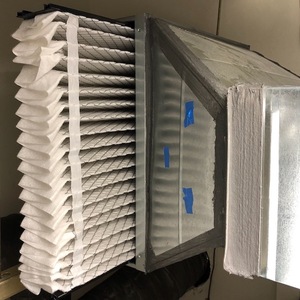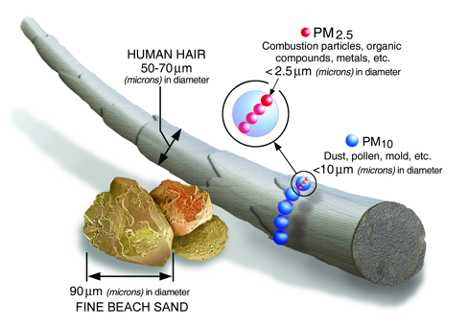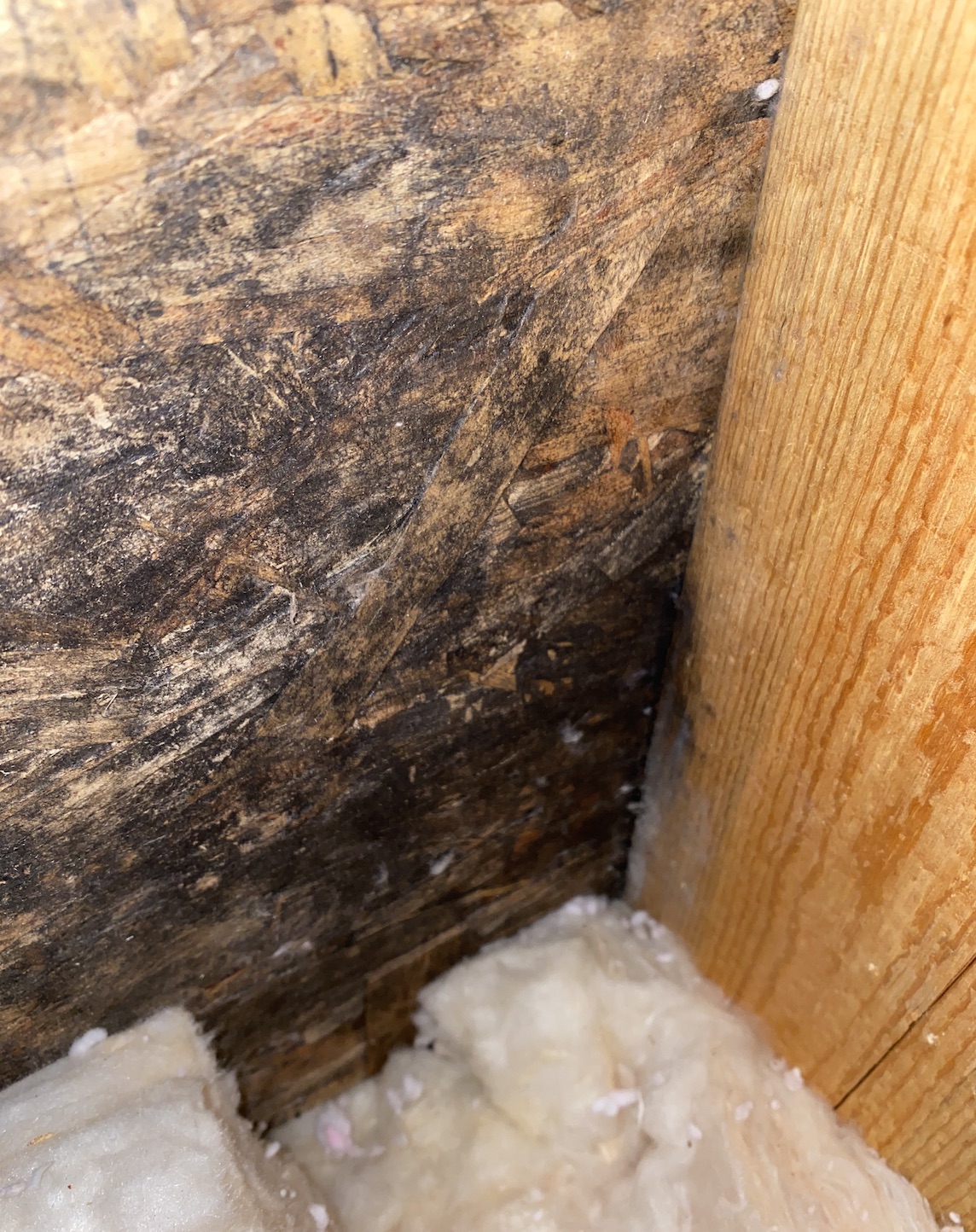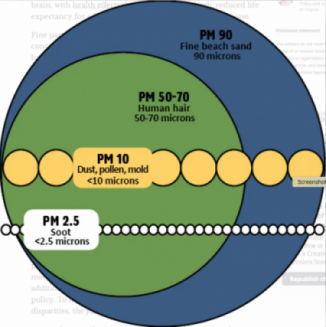
Maintaining good indoor-air quality (IAQ) requires us to manage a wide range of contaminants. The list runs well into the hundreds and includes radon, mold spores, volatile organic compounds (VOCs), carbon dioxide, and by-products of fossil fuel combustion. To keep these pollutants at acceptable levels we rely on four fundamental strategies: source control, ventilation, dehumidification, and filtration. Together, these form a versatile toolkit that can address most IAQ problems. I plan to explore these strategies in depth in future posts; for now, I’ll introduce each and discuss the role they can play in the management of formaldehyde, a VOC of particular concern.
Source control
Source control needs to be the starting point for every IAQ effort. The fewer pollutants that enter the living space, the less mechanical energy required to remove them. Source-control measures include physical barriers (e.g., crawlspace liners to exclude radon and soil moisture), material choices (low-VOC cabinetry and finishes), and equipment selection (electric induction rather than natural gas cookstoves). It may involve controlling house pressures to avoid drawing in contaminated air from spaces like garages. Occupant behavior and household product choices are also important for source control.
Ventilation
Mechanical ventilation, the second piece of a comprehensive strategy, involves diluting indoor air with outdoor air to reduce pollutant levels. One of the most common ventilation strategies is “exhaust-only”—a bath fan is set to run continuously or on a schedule, and outdoor air enters the house passively through gaps and cracks. More sophisticated systems—including heat-recovery ventilators (HRVs), energy-recovery ventilators (ERVs), and ventilating dehumidifiers—provide better control of the incoming air; they also allow it to be treated (filtered, tempered, and dehumidified) before it enters the living space. With these systems, the house remains at a neutral or slightly positive pressure, allowing better source control. For pollutants emitted by…
Weekly Newsletter
Get building science and energy efficiency advice, plus special offers, in your inbox.

This article is only available to GBA Prime Members
Sign up for a free trial and get instant access to this article as well as GBA’s complete library of premium articles and construction details.
Start Free TrialAlready a member? Log in















One Comment
Huang et al. (2016) published in Nature Scientific Reports, which tends to be a dumping ground for low-impact papers. This is not to say the science can't be good, but it is a world away from getting published in the journal Nature. Those two journals only share the same publisher, which has spun off a bazillion journals in the last 10 years in an effort to maintain their insane profit margins while scientists gravitate more and more toward open-access, non-profit publishers.
Just looking at that plot, I'd say the study needs revision because experimental error appears not to have been measured (where are the technical replicates?).
- a professional scientist
Log in or become a member to post a comment.
Sign up Log in